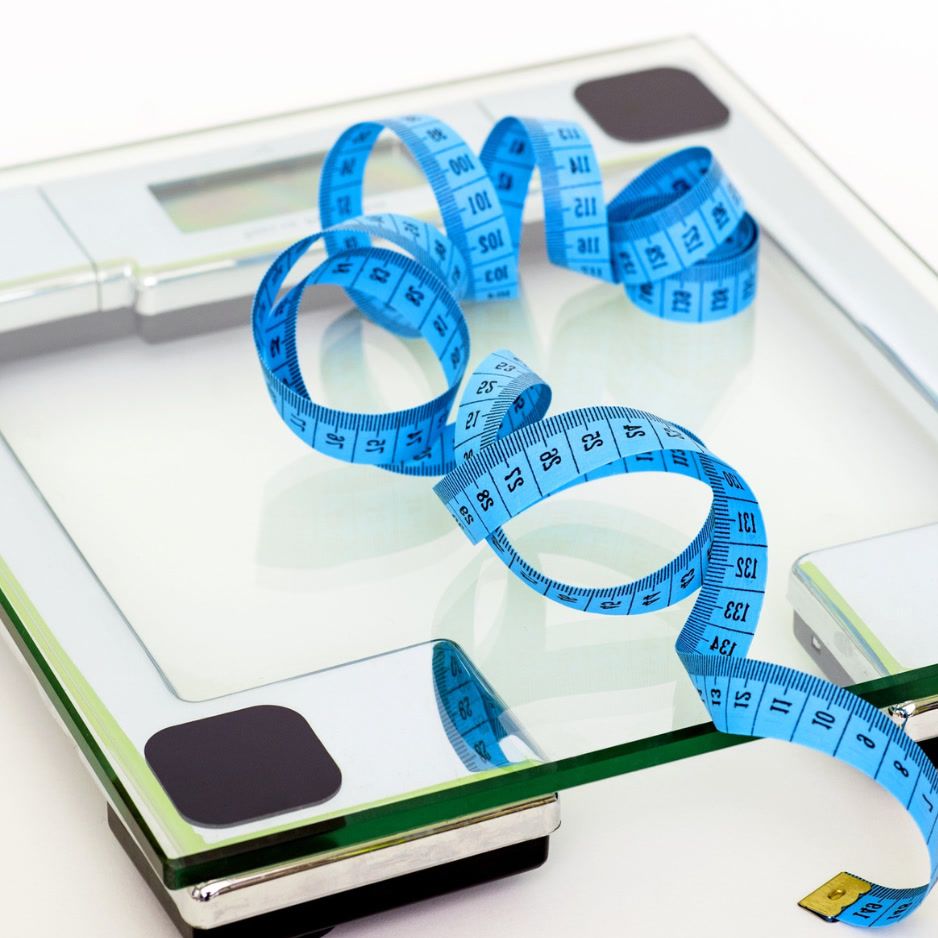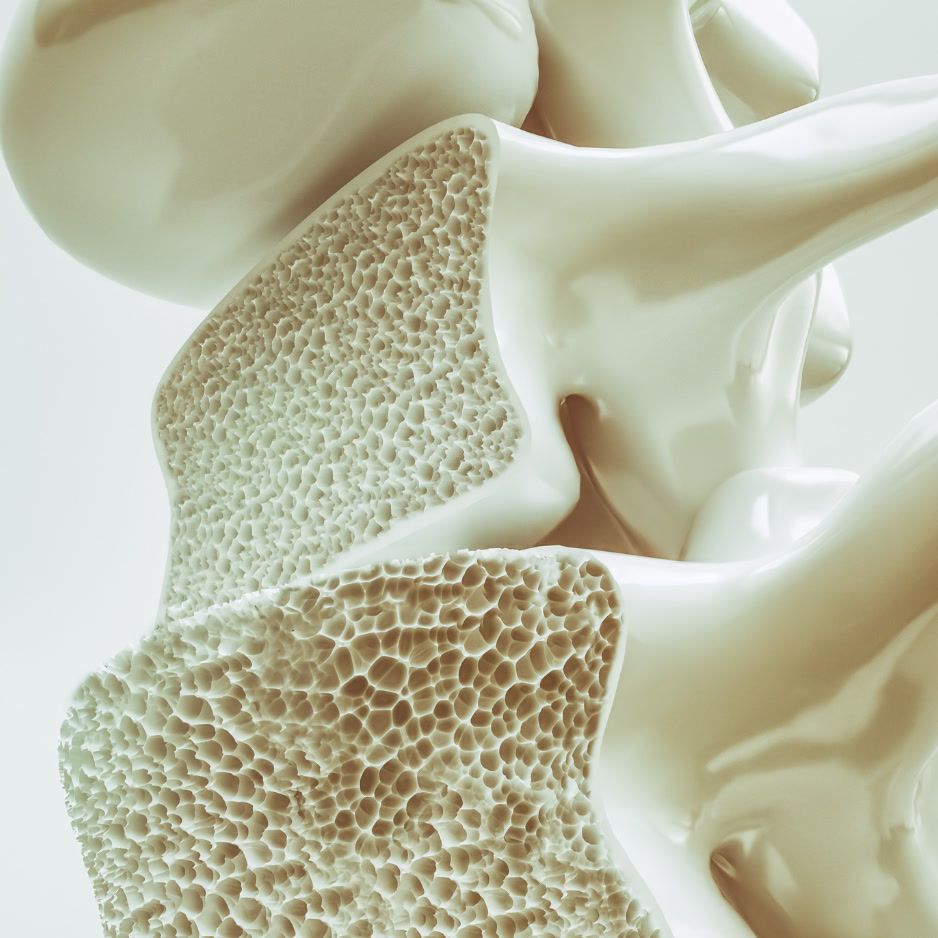The Ultimate 10,000 Steps a Day Guide
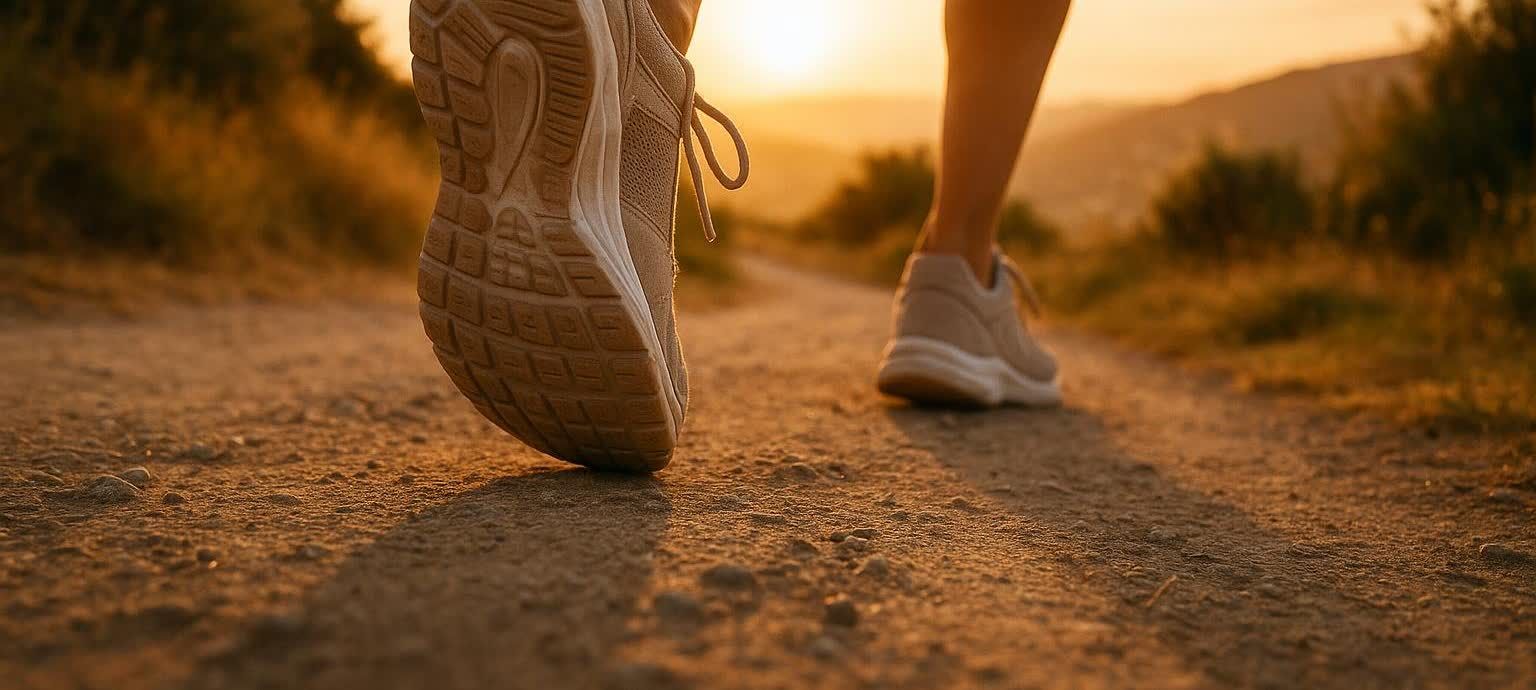
The Ultimate 10,000-Steps-a-Day Guide: History, Science, and Step-Integration Hacks
You don’t have to hit 10k steps a day every single day to see meaningful health gains. Still, that tidy target remains one of the most motivating fitness metrics around. In this guide, you’ll uncover where the “magic” number came from, what modern science says about step counts, the changes you can realistically expect, and—most importantly—practical strategies to squeeze more walking into even the busiest schedule.
Quick-Glance Takeaways
| Topic | Key points |
|---|---|
| 🤔 Should you really chase 10,000 steps? | The goal started as a marketing slogan for a Japanese pedometer—not a medical directive. |
| 🔬 Evidence snapshot | Meaningful benefits appear from ~4,400 steps/day and keep improving up to roughly 7,500–10,000 steps, where they tend to plateau (2019 JAMA Int. Med.). |
| 🎯 Typical 4–12-week trajectory* | Potential for weight management plus better cardiovascular markers and mood/sleep. See Section 2.5 for timelines and numbers. |
| 💡 Bigger picture | Step volume matters, but so do intensity, strength training, and overall movement variety. |
| 🛠️ Fast hacks | Walking meetings, under-desk treadmills, parking farther away, post-meal strolls, and more. |
*Average changes drawn from studies cited in Section 2.5; individual results may vary.
1. Where Did 10,000 Steps Come From?
1.1 The Manpo-Kei Pedometer (1965)
In the run-up to the 1964 Tokyo Olympics, Japanese clockmaker Yamasa unveiled a compact step counter. The device was branded Manpo-kei, which translates to “10,000-step meter.” Marketers chose the number because the Japanese character for 10,000 (万) resembles a walking person and sounded both auspicious and attainable. No clinical trial backed the figure, but the catchy slogan stuck—and eventually went global (Harvard Health).
1.2 Early Scientific Clues
Historical accounts—reported by outlets such as Runner’s World and based on interviews with Japanese researcher Dr. Yoshiro Hatano—suggest that logging 10,000 steps could bump up daily calorie expenditure by roughly 20 % versus a sedentary routine. Rigorous epidemiological data, however, would not arrive for decades.
2. What the Latest Research Says About Step Counts
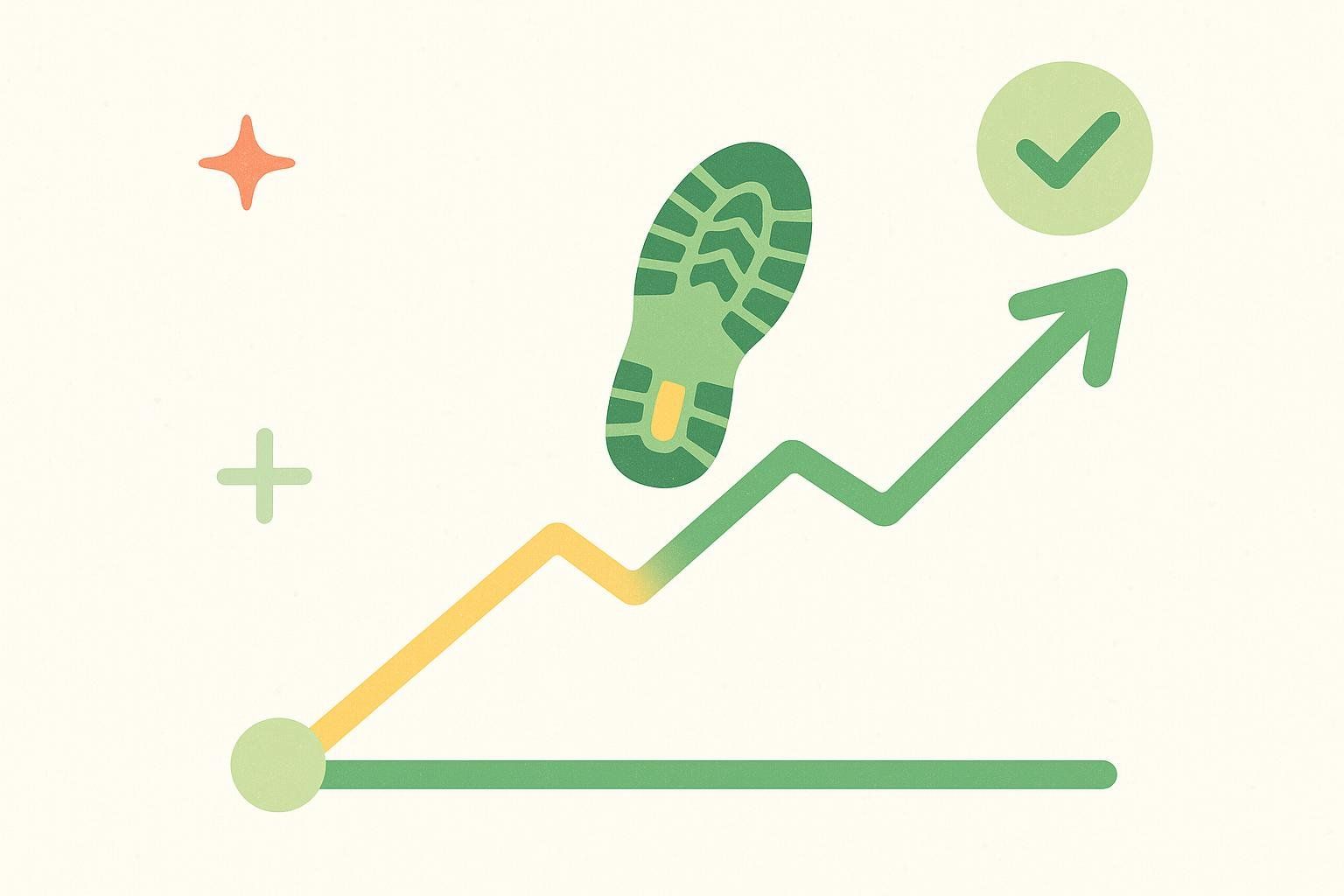
2.1 Mortality & Longevity
• A 2019 JAMA Internal Medicine study of 16,741 older women found that taking about 4,400 steps a day lowered mortality versus ~2,700; risk kept falling until ~7,500 steps before leveling off (PubMed 31141585).
• A 2022 meta-analysis of 47,471 adults showed a clear dose-response: more steps meant lower all-cause mortality, with the curve flattening at roughly 8,000 steps for adults 60+ and 10,000 steps for younger adults (PubMed 35247352).
2.2 Cardiometabolic Health
Regular walkers show improvements in blood pressure, LDL cholesterol, insulin sensitivity, and waist circumference compared with low-step peers (PubMed 23516734).
2.3 Mental Health & Cognition
• A UK Biobank analysis of 78,000 adults linked 9,800 daily steps to a 50 % lower risk of dementia. Benefits appeared from as low as ~3,800 total daily steps. Separately, walking at a brisk pace (higher intensity) enhanced the protective effect (JAMA Neurology 2022).
• Walking outdoors also elevates mood compared with indoor exercise, likely via nature exposure and light-induced endorphin release (systematic review: Thompson Coon et al., 2011).

2.4 Bone Density & Body Composition
Weight-bearing steps stimulate bone remodeling, especially in the hips and spine. A meta-analysis of walking programs in postmenopausal women reported significant BMD improvements at the femoral neck (PubMed 18602880).
2.5 What Kind of Results Can You Expect?
| Time frame | Expected changes | Key evidence |
|---|---|---|
| 4 weeks | Daily walking may create a 300–500 kcal deficit, potentially nudging weight down if diet is unchanged; many people also report small boosts in energy and sleep quality | Energy-expenditure models; short-term pedometer trials (PMC2203404) |
| 8–12 weeks | Systolic BP down ~8 mmHg; resting HR ~3 bpm lower; waist circumference trimmed 1–2 cm | 12-week 10 k-step intervention in hypertensive adults (PMC6224870) |
| 6 + months | Sustained weight loss 4–8 lb; hip BMD gain ~1 % | Long-term walking programs (PMC5015672); BMD meta-analysis PubMed 18602880 |
Want objective insights on how activity affects fat, muscle, and bone? Book a body-composition DEXA with BodySpec.
3. How Many Steps You Actually Need
Everyone’s baseline and goals differ. Use the chart below as a starting framework, then personalize.
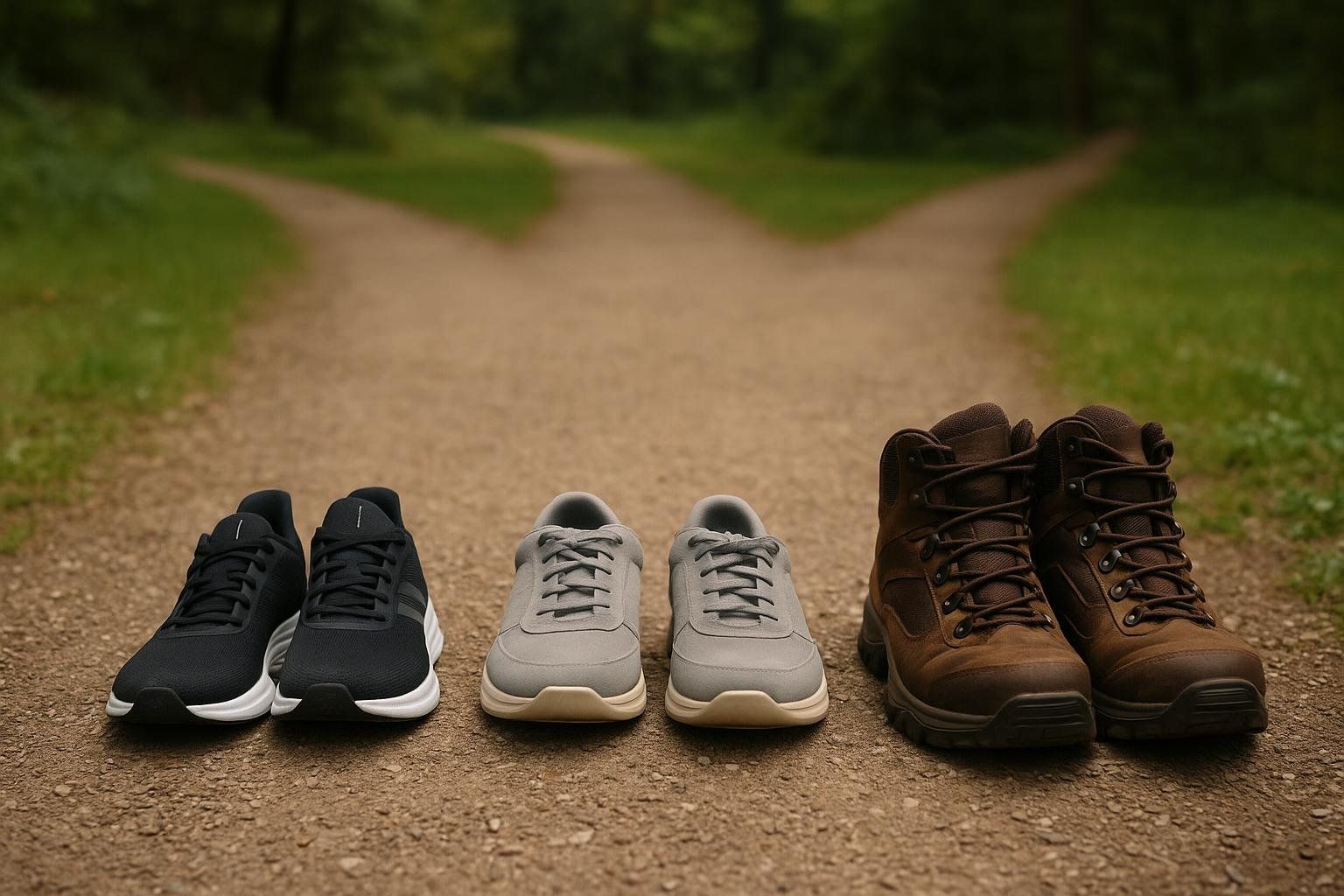
| Goal | Suggested daily steps | Approx. minutes of moderate walking* |
|---|---|---|
| Maintain basic health | 5,000–7,000 | 50–70 |
| Improve cardiometabolic markers | 7,000–10,000 | 70–100 |
| Weight management | 9,000–12,000 | 90–120 |
| Performance / high calorie burn | 12,000–15,000 | 120–150 |
*Assumes ~100 steps per minute at a 3-mph pace. Brisk or uphill walking may reach moderate-vigorous intensity sooner.
Age & Ability Adjustments
• Older adults (65+): Evidence suggests ~7,500 steps hits the longevity sweet spot. Focus on quality over quantity—steady pace, safe surfaces, and supportive footwear.
• Joint issues: Swap some walking with cycling or elliptical sessions; use a wearable to track step equivalents.
• Athletes: Pair step goals with zone-2 cardio days and strength sessions to avoid junk mileage.
4. Nine Battle-Tested Strategies to Reach 10,000 Steps
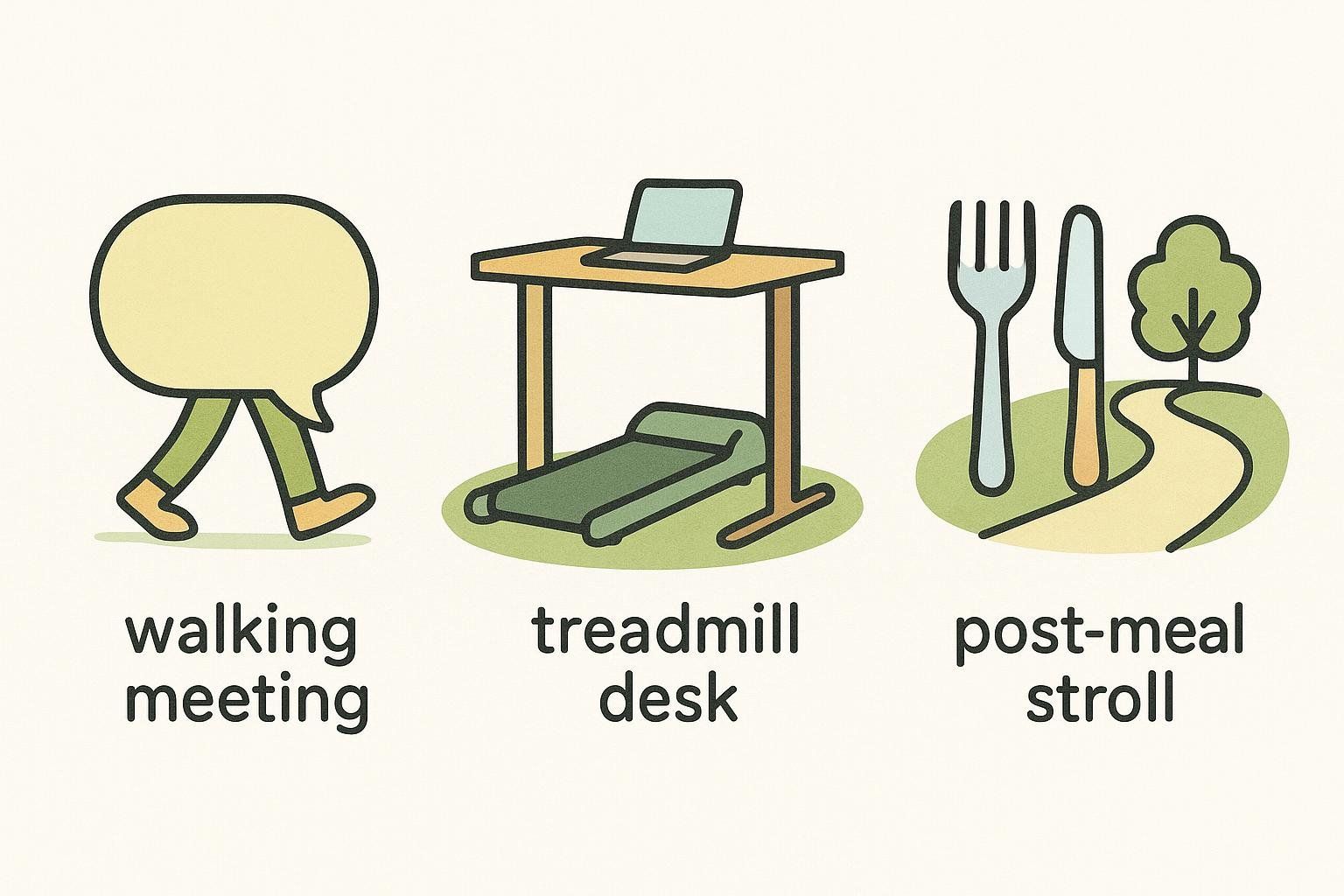
- Walking Meetings – An hour-long meeting can net 3,000–4,000 steps.
- “Coffee Loop” Commute – Get off transit one stop early or park at the far end of the lot.
- Pomodoro Walks – Every 25-minute focus block ends with a 5-minute, 500-step lap.
- Under-Desk Treadmill – Cruise at 1–2 mph while emailing.
- Post-Meal Strolls – Ten-minute walks after meals add 3,000 steps and blunt blood-sugar spikes.
- Weekend “Errand Circuit” – Walk between nearby shops instead of re-parking.
- Step-Challenge Bingo – Use wearable leaderboards or office bingo cards.
- TV-Time Steps – Pace during commercials or stream your series from a treadmill.
- Dog-Share Services – Volunteer for a neighbor’s pup; dogs are accountability pros.
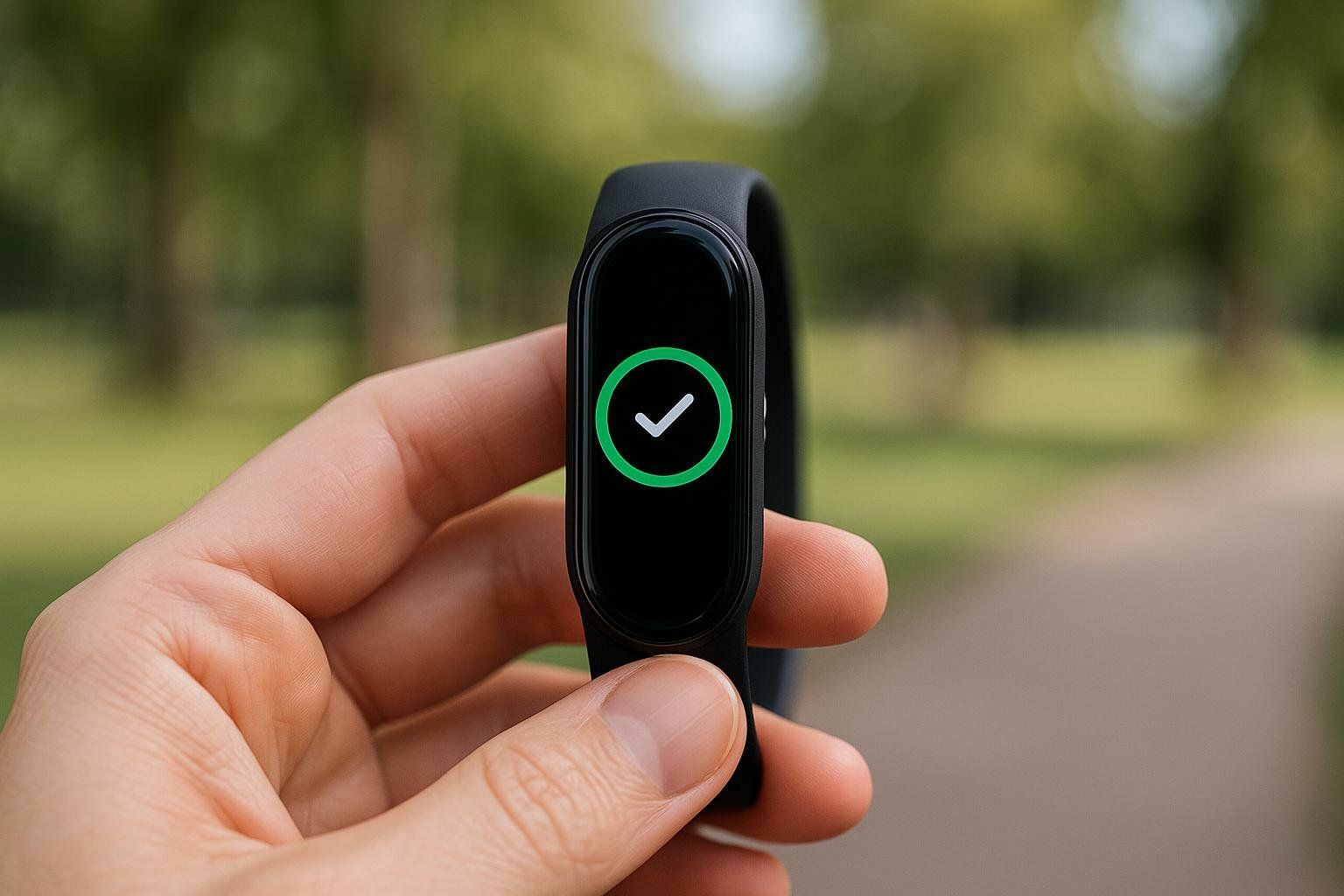
For more gadget-based ideas, see Using Your Activity Tracker Like a Pro.
5. Persona-Specific Mini-Plans
5.1 Urban Office Worker (25–35)

| Activity | Approx. steps |
|---|---|
| AM Micro-Commute (½ mi) | 1,000 |
| Lunch Loop (1 mi brisk) | 2,000 |
| Afternoon Walk-and-Talk (30 min) | 1,500 |
| Evening De-Compress (45–60 min podcast stroll) | 4,500–6,000 |
| Total Steps | 9,000–10,500 steps |
Add a 300-step stretch break after each work block or pace while brushing teeth to comfortably push past 10,000 when needed.
5.2 Suburban Retiree (60–75)
| Activity | Approx. steps |
|---|---|
| Social Walking Group (30 min) | 2,500 |
| Garden & House Tasks (light) | 1,500 |
| Mall Lap – Weather Backup (40 min) | 3,000 |
| Evening Pet Walk | 2,000 |
| Total Steps | ≈9,000 steps |
5.3 Tech-Savvy Fitness Enthusiast (18–25)
| Activity | Approx. steps |
|---|---|
| Zone-2 Tread Session (45 min @ 3.5 mph) | 4,500 |
| Campus/Office Transits | 2,000 |
| HIIT Finisher Cool-Down | 1,000 |
| Evening Errand Run | 2,000 |
| Total Steps | 9,500 steps |
Tack on an extra 10-minute walk (~1,200 steps) or active gaming session to land in the 10,500–11,000 range on high-movement days.
Need consistency tips? Check out The Power of Consistency.
6. Gear & Tech Essentials
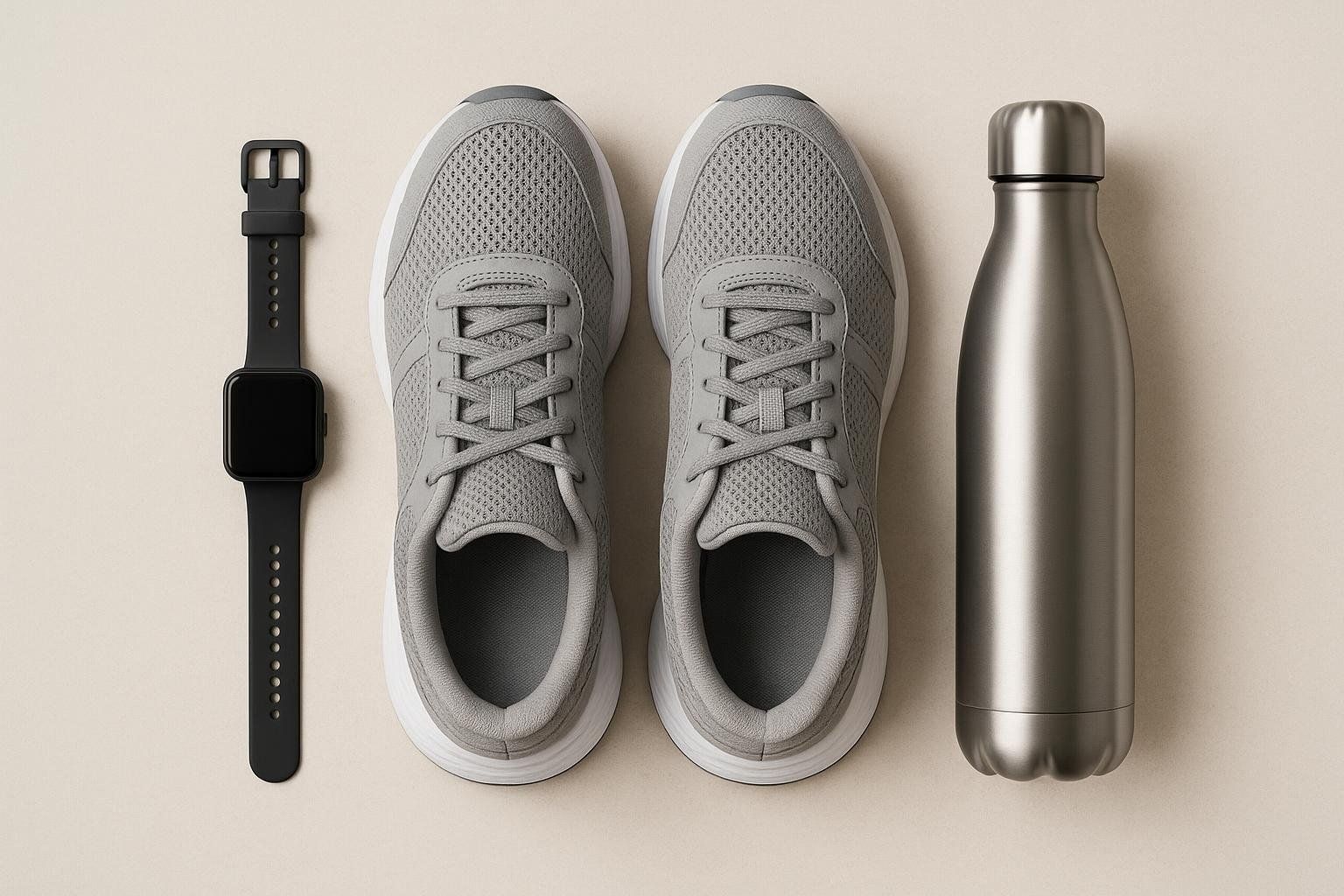
| Category | Why it matters | Example Products✱ |
|---|---|---|
| Wearable tracker | Real-time feedback & streak motivation | Apple Watch, Garmin Venu, Fitbit Charge |
| Footwear | Cushion + support; rotate pairs to prevent overuse injuries | Brooks Ghost, HOKA Clifton, New Balance 880 |
| Under-desk treadmill | Adds 4,000+ low-impact steps to your workday | WalkingPad C2, Lifespan TR1200-DT3 |
| Weather backup | Keep streaks alive | Indoor malls, local track, home treadmill |
✱BodySpec is not sponsored—choose what fits your budget and comfort.
7. Beyond Steps: Strength, Mobility & DEXA Data
Walking is foundational—but not complete fitness.
Blend in:
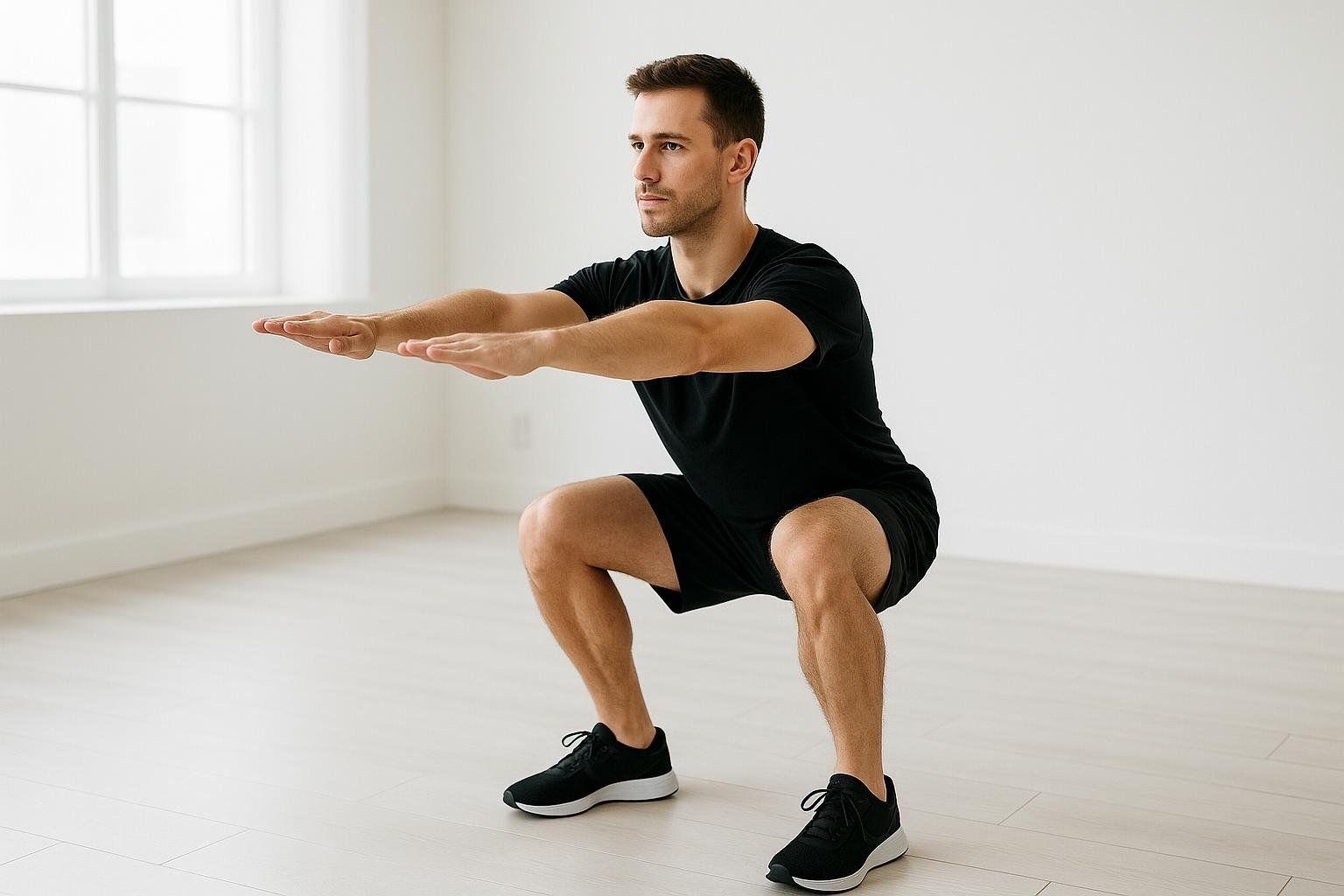
• 2–3 weekly strength sessions for muscle and bone – see our Strength Training for Beginners guide.
• Mobility drills to keep joints happy – explore The Benefits of Mobility Training: Stretching and Flexibility.
• Higher-intensity cardio (hill repeats, intervals) for VO₂ gains – compare options in HIIT vs LISS: Which Cardio is Best for Fat Loss?.
If you’re tracking physique changes, a DEXA body-composition scan offers precise measurements of fat mass, lean mass, and visceral fat—metrics your step counter can’t provide. Pair quarterly scans with your step data to see how increased movement translates to real tissue changes.
8. Real-World Wins: Two Micro-Case Studies
Illustrative examples based on typical outcomes from BodySpec clients and published walking-intervention research.
Case A: Busy Product Manager, 34
• Baseline: 4,800 steps/day, 29 % body fat (DEXA).
• Intervention: Adopted Pomodoro walks, walking meetings, and a Friday morning hike.
• 12 Weeks Later: 9,200 avg steps, around 2–3 lbs fat loss, lean mass remained stable, visceral fat mass decreased by ~5–10 %.
Case B: Retired Teacher, 67
• Baseline: 3,200 steps, osteopenia diagnosis.
• Intervention: Joined mall-walking group and twice-weekly tai chi.
• 6 Months Later: 7,600 steps, hip BMD improved by >1 %, plus noticeable gains in balance and mood.
9. Frequently Asked Questions
Is 10,000 steps the same as 30 minutes of exercise?
Roughly—if those steps are at a brisk pace (~3–4 mph). Smartwatches often award “exercise minutes” based on heart-rate zones rather than raw steps.
Do running steps count extra?
Running racks up steps faster and raises intensity. Two miles of running (~3,200 steps) delivers greater cardiovascular stimulus than the same number of strolling steps.
Can I substitute cycling or swimming?
Absolutely. Use your tracker’s conversion—or aim for 30–60 minutes of moderate effort—on low-impact days, then average out step equivalents weekly.
What about rest days?
Active recovery still benefits from 5,000+ low-intensity steps to promote blood flow and aid muscle repair.
Bottom Line & Next Steps
The 10,000-step slogan may have started as clever marketing, but decades of data confirm: more movement means better health—up to roughly 10,000 daily steps for most adults. Use the strategies above to build a routine you’ll actually keep. For a deeper look under the hood, Book a DEXA scan near you.
